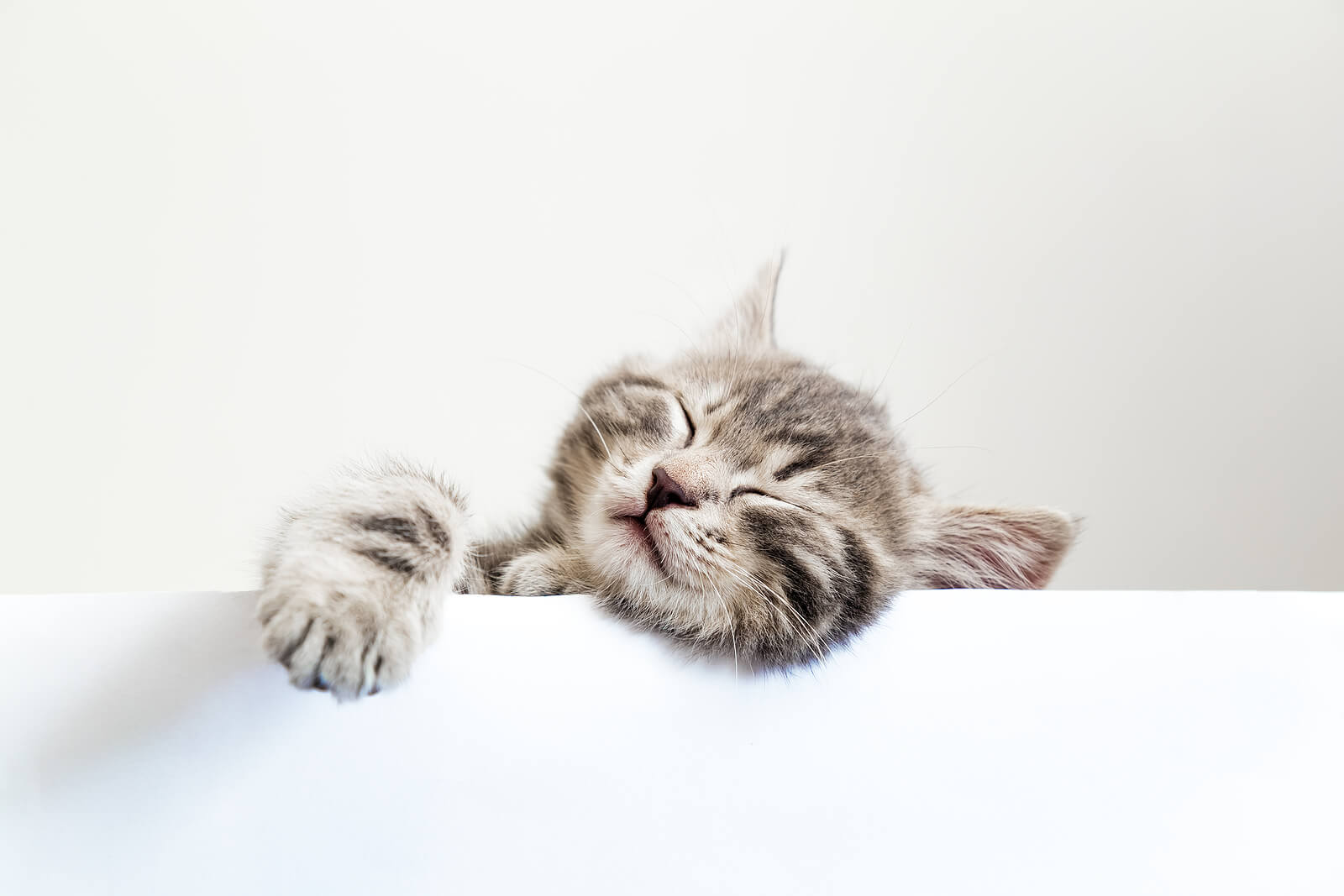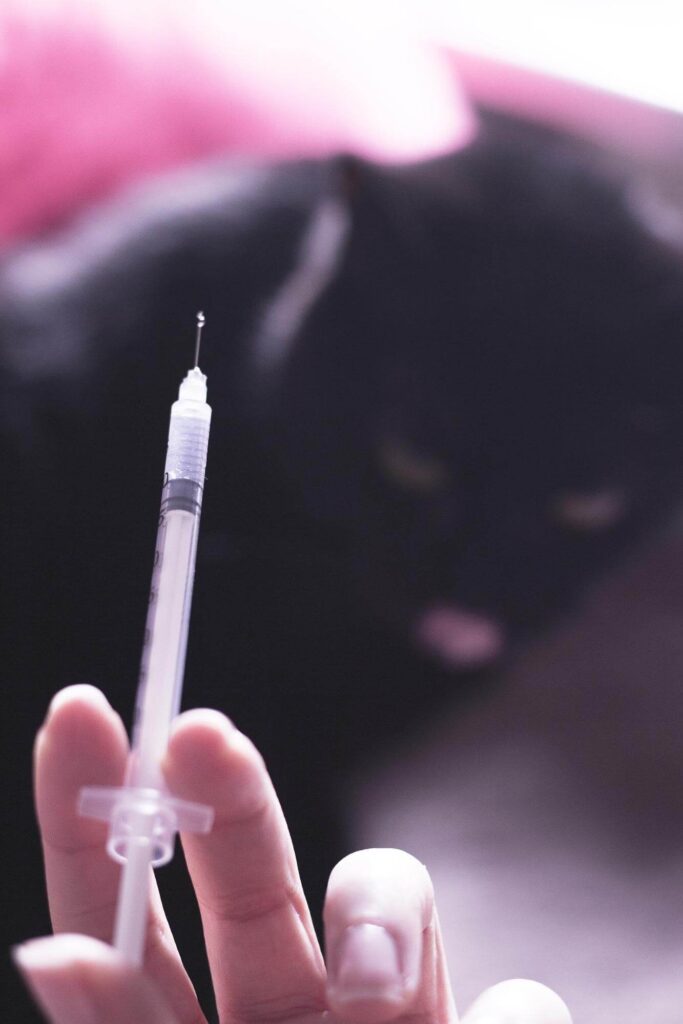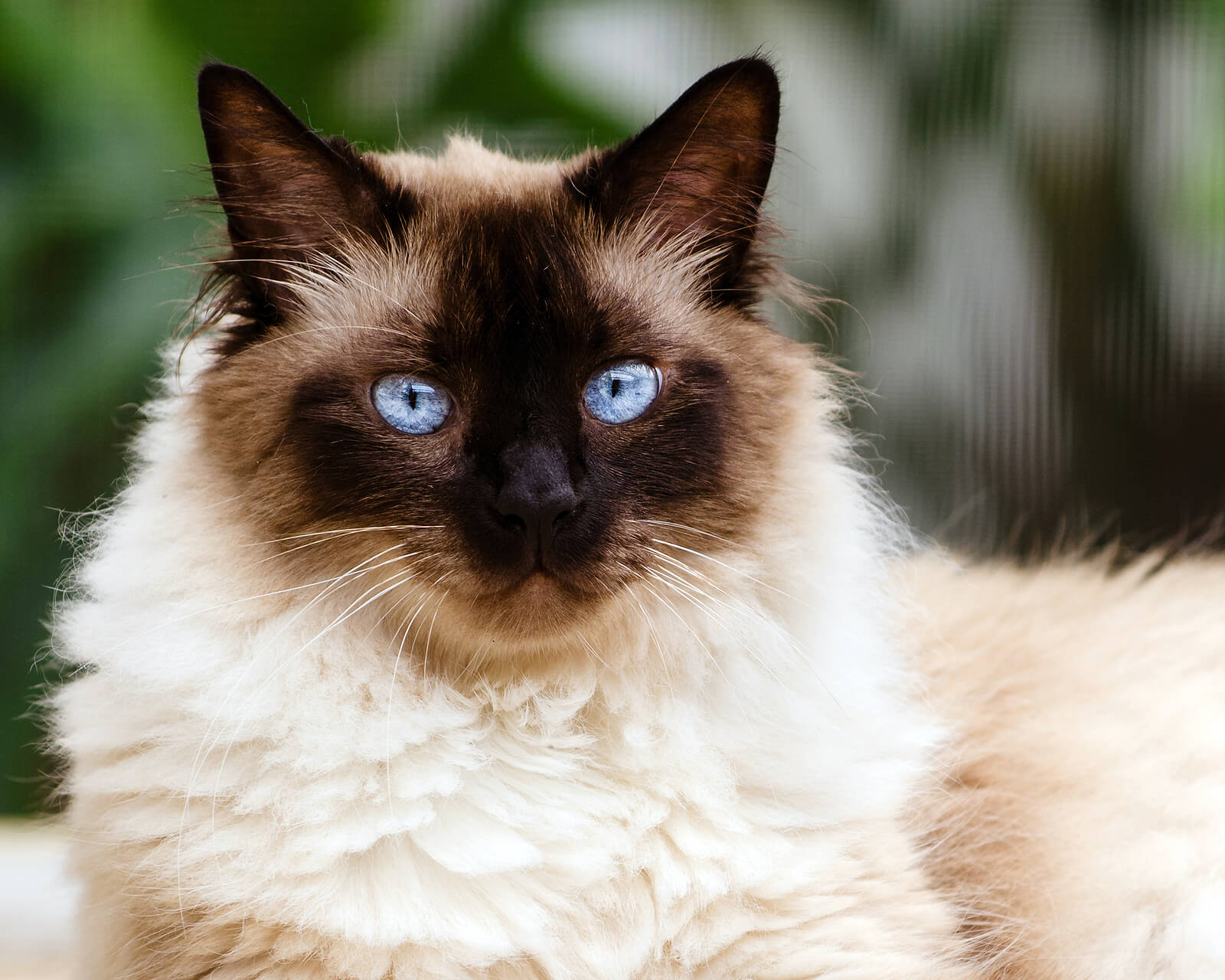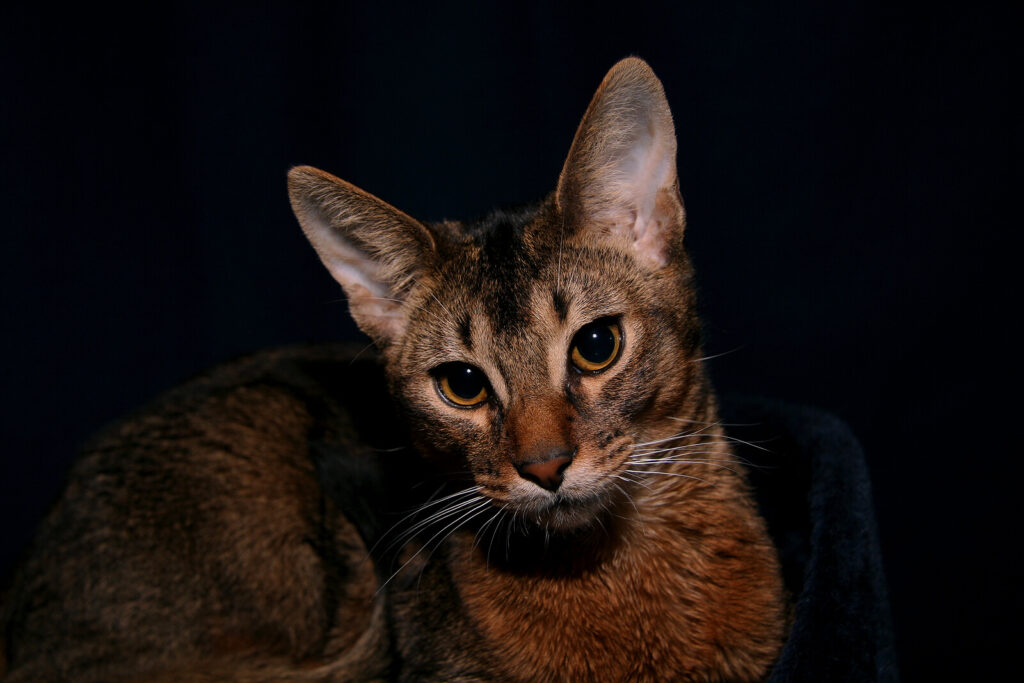Mar 26, 2021 | Cat Facts, Pet Care
How to Care for a Diabetic Cat
When it comes to house cats diabetes is a pretty common occurrence. Be that as it may, dealing with a cat with diabetes is no easy job, it requires you to pay extremely close attention to your cat’s diet, medication, exercise, and general activities. So be sure not to take it lightly as there is little room for error.
First and foremost you should always be sure to keep in close contact with your veterinarian as they prescribe insulin doses and will help determine what course of action you should take. They should be the first ones to know if you notice something wrong with your cat. Your cat will also need more frequent examinations and check ups. Appetite and water consumption are two of the biggest things you should closely monitor as they are telltale signs if your cat needs a change in dosage.
It’s also very important to pay attention to your cat’s diet. To treat their diabetes you need to modify their diet along with giving them insulin. Diabetic cat food should work just fine as long as you keep track of how much you give them according to your cat’s needs. This goes for cat treats as well, you should try to keep the treat giving to a minimum so as to not disrupt their diet. A good way to keep track of how much to give them and when to do so is to set a reminder in your phone or write it on a post it note and put it somewhere that you’ll be sure to see it.
Handling Insulin Injections
For anyone with diabetes, insulin is a must, including cats. Insulin and food must both be given at the same time. It’s not easy but keep doing it and it’ll become second nature. Change where you inject your cat each time you feed them (Example: Left side in the morning – Right side in the afternoon)
The time you feed your cat and the amount you give them should always be consistent. For example: 7am and 7pm. If their feeding time isn’t consistent then it could cause some really serious problems.
Be sure to reassure your cat when administering insulin and reward them afterwards. Nobody likes getting poked by needles. This goes for cats as well so be sure to give your cat lots of love and affection when giving them insulin. Speaking of which giving your cat insulin is no simple task.
The first thing you need to do is feed your cat (unless the veterinarian says otherwise). While your cat is eating you should prepare your cat’s dose.
- Mix the insulin according to your veterinarian’s instructions. Some insulin requires shaking the bottle, while others need to be rolled between hands or fingers.
- Take the time to clean the rubber stopper on the insulin bottle (alcohol wipes usually work best).
- Prepare the syringe and fill it to the correct dose
- Find a good injection point, pinch the skin into a little fold, and then insert the needle to administer the dose. Be careful to avoid injecting directly into the bloodstream.
Unlike other cats, diabetic felines require a strict schedule and adherence to a regular routine. Consistent structure is critically important to a diabetic cat’s long term health. These kitties should also be monitored for changes in behavior. A dramatic change in blood sugar levels can require immediate attention to prevent long term damage or even death. If you are unable to keep up with your cat’s schedule, or need to leave town, you should hire a cat sitter to check in on your pet. By following these steps along with any other recommendations by your vet, you and your diabetic cat can live a long and fulfilling life together.
Feb 27, 2021 | Cat Facts, Uncategorized
These cats are a full package. They have the personality of a kitten, the sleep schedule of a hibernating bear, and absolute elegance all in one. Because of their large size and calm disposition, they are considered the “gentle giants” of the cat world. They love attention, sleep, and fun. They also tolerate other pets as well as children.
How Hymalayan Cat’s Came to Be.
Unlike many cat breeds, Hymalayan’s did not evolve naturally. Their history dates back to the 1930s when Marguerita Gorforth, Virginia Cobb, and Dr. Clyde Keeler selectively bred Persian and Siamese cats. In 1935 British breeders continued the breeding program in order to produce them in England. It was finally recognized as an official cat breed by the CFA (Cat Fanciers’ Association) in 1957. In addition it was considered the most popular cat breed in 1996 by the CFA.
Caring for an Abyssinian Cat
As the Himalayan does love to laze about, they don’t get too much exercise. This means that extra attention needs to go towards monitoring their nutrition. Be sure to avoid feeding this breed too many treats, and stick to a regular feeding time to avoid overfeeding. If you are ever away from home, or even get too busy, consider hiring a cat sitter so that your pet can stay on schedule.
You also need to pay attention to their beautiful fur, as it does tend to get knotted if not brushed regularly. Cats enjoy being groomed after eating, so making this part of the routine along with regular feeding is a good idea. While grooming your himalayan cat, make sure to check their skin in case they develop a ringworm infection. This is somewhat common and easily treatable with Himalayans. If you notice them having red spots on their skin then go to the vet right away. The earlier you treat a ringworm infection, the easier it will be on your pet.
Jan 10, 2021 | Cat Facts
Is an Abyssinian Cat Right For You?
The Typical Personality of an Abyssinian Cat
Abyssinians are one of the most intelligent cat breeds in the world. They are also one of the most playful there is as well. They have been called the border collie of cats because of their high intelligence and love for play. But with this intelligence comes independence. Being independent doesn’t mean they don’t want affection, it just means that they don’t want to be coddled and held all the time.
Don’t take this independence as a sign that your Abyssinian cat can be left alone for long periods of time. Make sure to have someone check in on your kitty or hire a pet sitter if you’re leaving town for more than a day.
Abyssinian Cat Appearance
The Abyssinian is very well known when it comes to appearance. Every bit of it absolutely screams elegance. It’s sleek fur comes in a variety of colors from dark brown to light yellow to blue. The same goes for their beautiful omen shaped eyes. Their eyes can be; Gold, brown, or emerald. No matter what they will surely be beautiful. They have short smooth hair that gets darker the longer it is. They love attention so do your best to brush them daily.
Abyssinian Cat Health Expectations
Be aware that no cat is perfect and each breed has their own problems, this includes Abyssinians. The 2 biggest things to be aware of are dental problems and weight. Abyssinians are very susceptible to gingivitis and other dental related issues. Veterinarians recommend daily toothbrushing to prevent any dental diseases. Most dental diseases can be prevented with vaccines but you should still brush your cat’s teeth. Obesity is also a big factor in not just dental but most diseases so please be aware of your cat’s diet as well.



